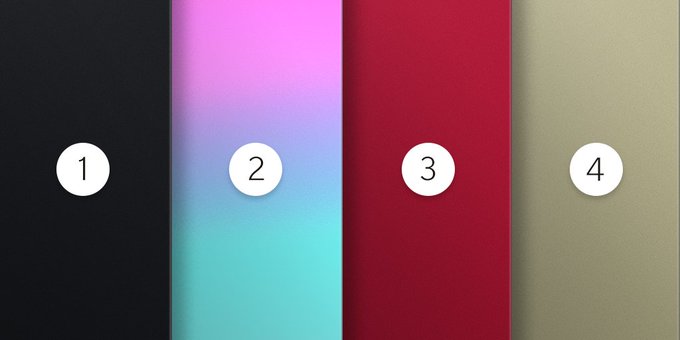The best part of the Apple product and software launch is that company tirelessly prevent the leaks from the company’s murky supply chain and same is the case with iPhone 8. But as we all have seen many leaks coming out for iPhone 8 from the different sources.
This time the leak is from the company itself. The leak turns out that the most revealing iPhone 8 leaks of all have come directly from Apple. In a rather bizarre turn of events, Apple over the weekend released firmware for its upcoming HomePod speaker online, and in the process, it inadvertently gave developers the opportunity to unearth and essentially confirm a number of key iPhone 8 details.
As we all have seen, over the past few days, developers uncovered evidence relating to the iPhone 8’s edge to edge display along with a new facial recognition feature. All the more interesting is that noted developer Steve Troughton-Smith relayed earlier this week that the iPhone 8 will not include a Touch ID sensor embedded into the display, as previously rumored.
Must Read:iPhone contacts disappear
This of course prompted some to question what Apple is going to do with Apple Pay. But the biggest question about the iPhone 8 is, where Apple will place the Touch ID sensor, will it be at the back of the device? It can be possible, and we have also seen many of the leaks and prototypes of iPhone 8 featuring such a design. Or, Apple might remove the Touch ID sensor completely and rely on facial recognition as a means to authorize financial transactions?
Must Read: 9 hidden features of iOS 11 for iPhone and iPad which will blow your mind
Must Read: 9 hidden features of iOS 11 for iPhone and iPad which will blow your mind
So, the recent leak from the newly unearthed data strings found in the HomePod firmware seems to suggest that Apple Pay on the iPhone 8 will, in fact, rely upon facial recognition for authentication purposes. This can give relief to many iPhone 8 lovers who do not want Touch ID sensor on the back of the device.
Must Read:recovering deleted kik messages
This can also be possible that Apple integrates Touch ID sensor into the screen and might use facial recognition for authentication purposes for Apple Pay. But will have to wait for the Apple confirmation on this.
As you can see in the above image, there are data strings referencing payments alongside a reference to “pearl”, a code name which likely refers to Apple’s facial recognition software. In short, there’s reason to believe that Apple with the iPhone 8 might actually abandon Touch ID in favor of a facial recognition solution.
Even though facial recognition on the iPhone 8 is said to be incredible and will even be able to work in the dark, it’ll be interesting to see if it provides the same degree of usability that Touch ID has been affording users for years.
 If you lost videos from iOS Camerall Roll which are nowhere to download again, you can use Gihosoft iPhone Data Recovery to get back deleted videos from iOS device including iPhone, iPad and iPod Touch.
If you lost videos from iOS Camerall Roll which are nowhere to download again, you can use Gihosoft iPhone Data Recovery to get back deleted videos from iOS device including iPhone, iPad and iPod Touch.



